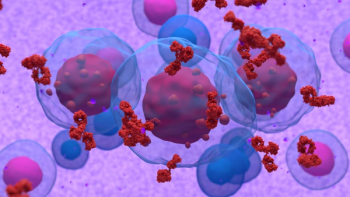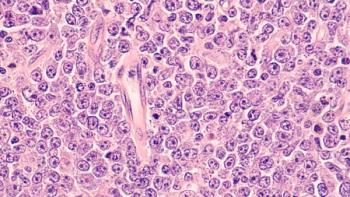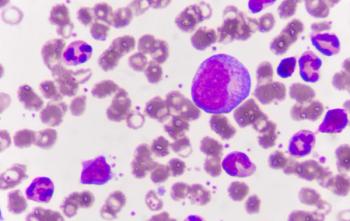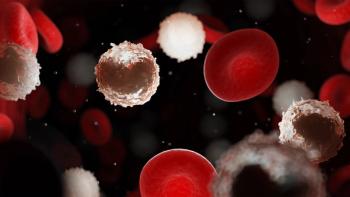
Reduce Chemo Wait Times and Improve Patient Satisfaction
An intervention to decrease chemotherapy wait times led to better patient satisfaction and reduced anxiety.
A cancer diagnosis can be nerve-wracking enough, but sitting in the waiting room anticipating chemotherapy treatment can make anxiety even worse.
A nurse-led intervention was recently implemented at the SUNY Upstate Medical University, in Syracuse, NY, to decrease wait times and the length of inpatient stays, as well as lessen the amount of anxiety patients were feeling before getting treatment.
“According to the Centers for Disease Control, 65,000 patients will undergo chemotherapy – some of these patients requiring inpatient treatment,” said Kristin Soper, MS, RN, ANP-BC, AOCNP, while presenting her findings at the 45th Annual ONS Congress. “Patients electively admitted for chemotherapy tend to have long wait times associated with their treatment.”
Soper implemented a complete redesign of the elective chemotherapy program. The following changes were instated:
- Patients had to have lab results, treatment plans signed, and all necessary testing and central access obtained before being admitted
- Chemotherapy wait times were measured using the electronic medical record (EMR)
- Staff were educated on the urgency of chemotherapy, as well as the benefits of reducing treatment-related wait times
The following were measured to determine success of the program: time of admission, RN release of orders, pharmacy verification, and time of infusing chemotherapy.
Ultimately, wait times decreased by 41%, “and in doing so, length of stay was found to be less impacted than expected,” Soper said, explaining that this may be a result of patients being scheduled for treatment late in the day.
“Satisfaction and anxiety were measured quantitatively with results suggesting that decreasing wait times did improve both anxiety and satisfaction,” Soper said. Additionally, qualitative results showed that shorter wait times led patients to feel that their time was more respected, and the process was more efficient and seamless.
Shorter wait and stay times not only improve patient satisfaction but can also result in cost savings for the hospital.
“Nurses could be leaders in this project to help ensure that care provided is patient-centered,” Soper said. “The focus on cost savings could be monumental to guide other nurse-led initiatives.”
Reference
Soper K. Workflow redesign of the elective chemotherapy program to reduce wait times associated with chemotherapy. Presented at: 46th Annual ONS Congress. April 20, 22, 27, 29, 2021. Virtual
Newsletter
Knowledge is power. Don’t miss the most recent breakthroughs in cancer care.
















































































